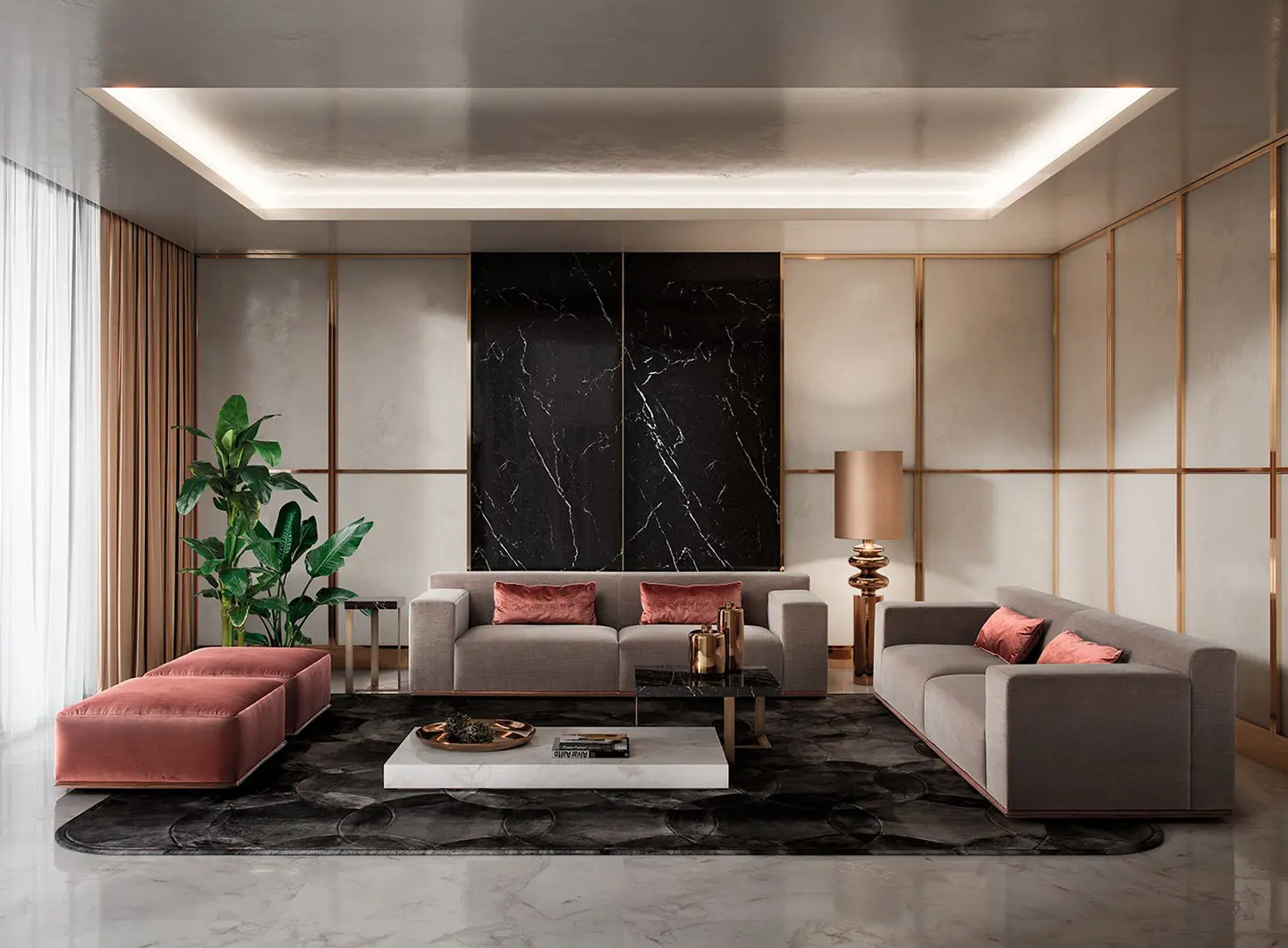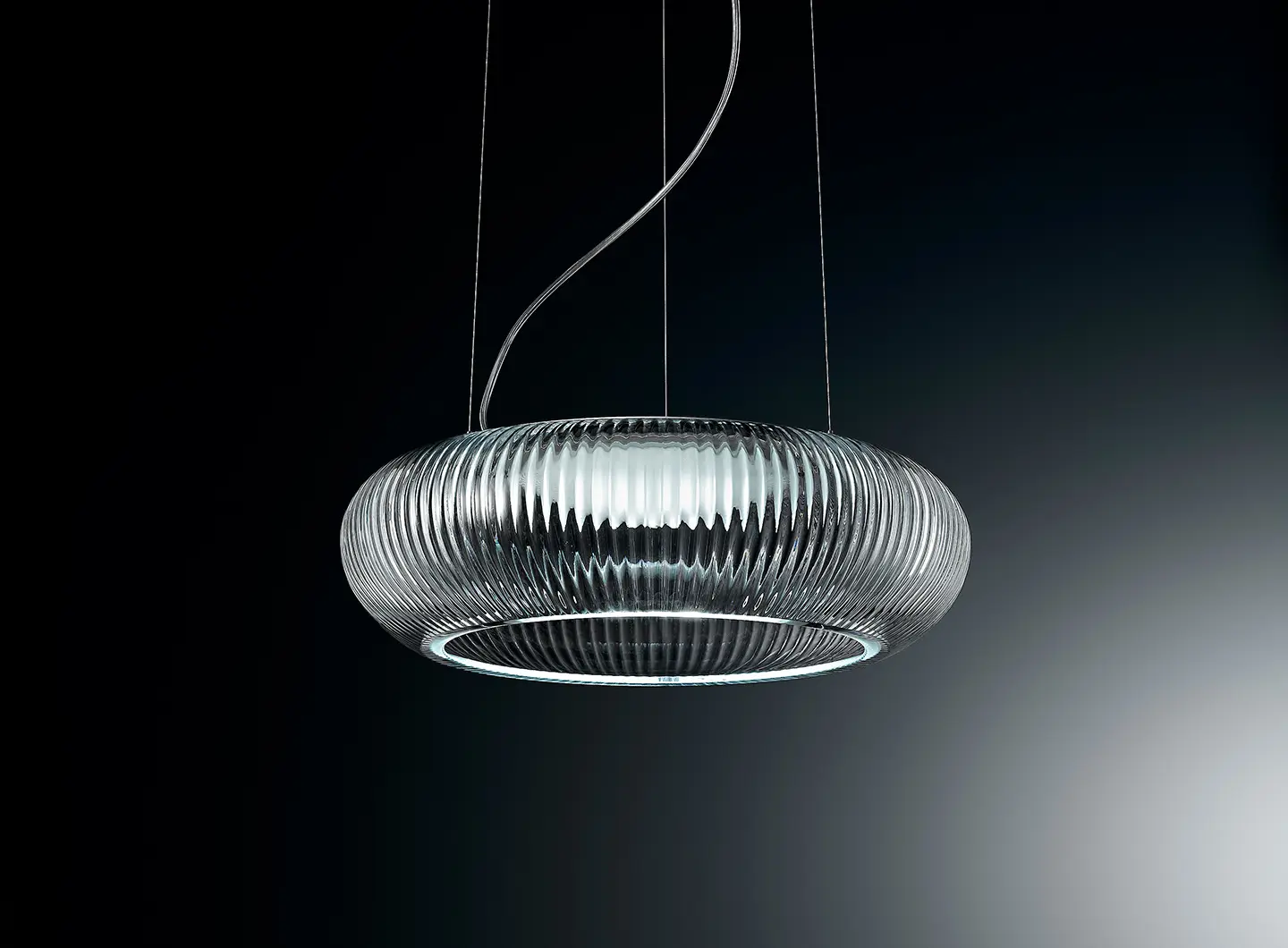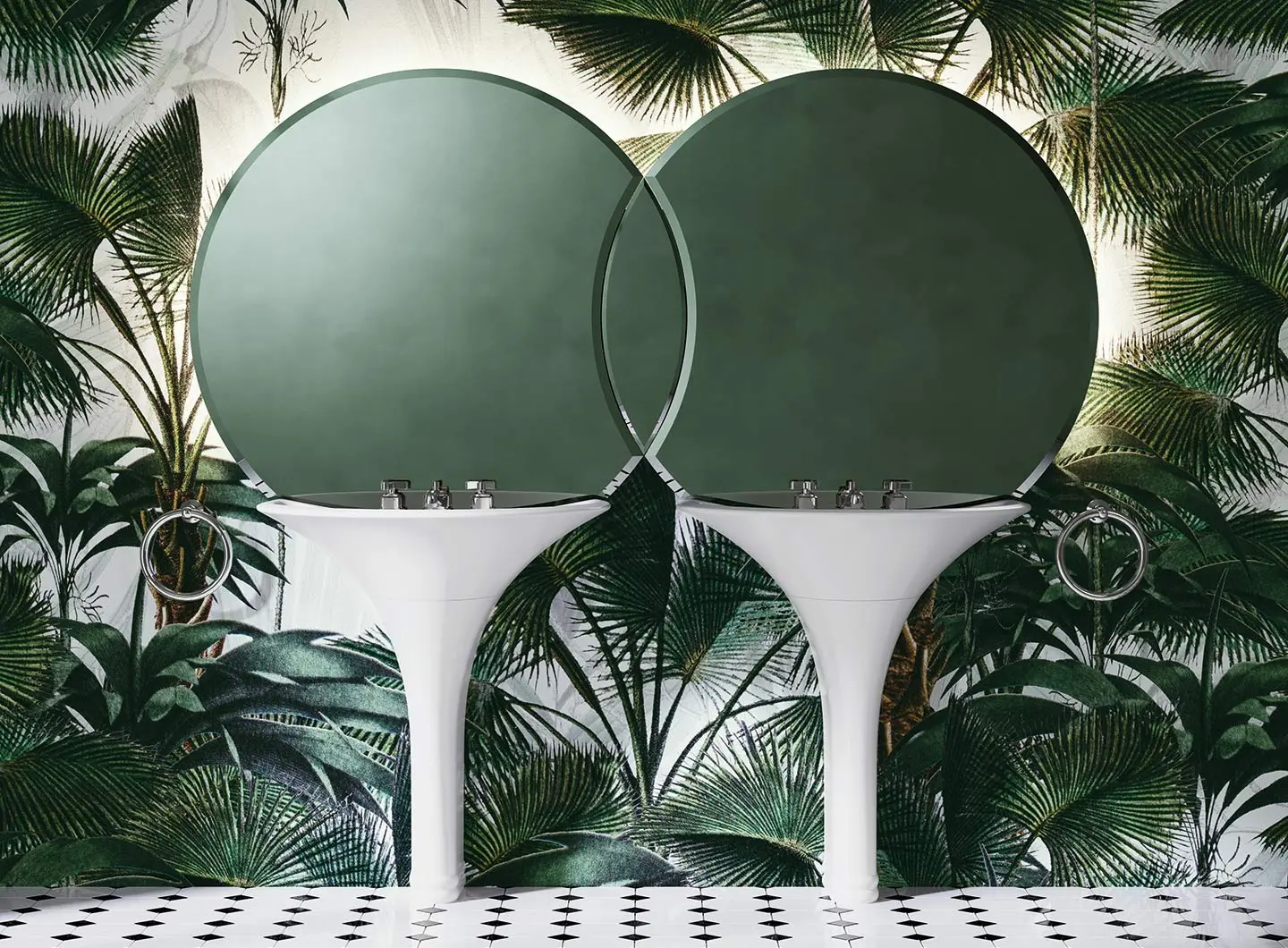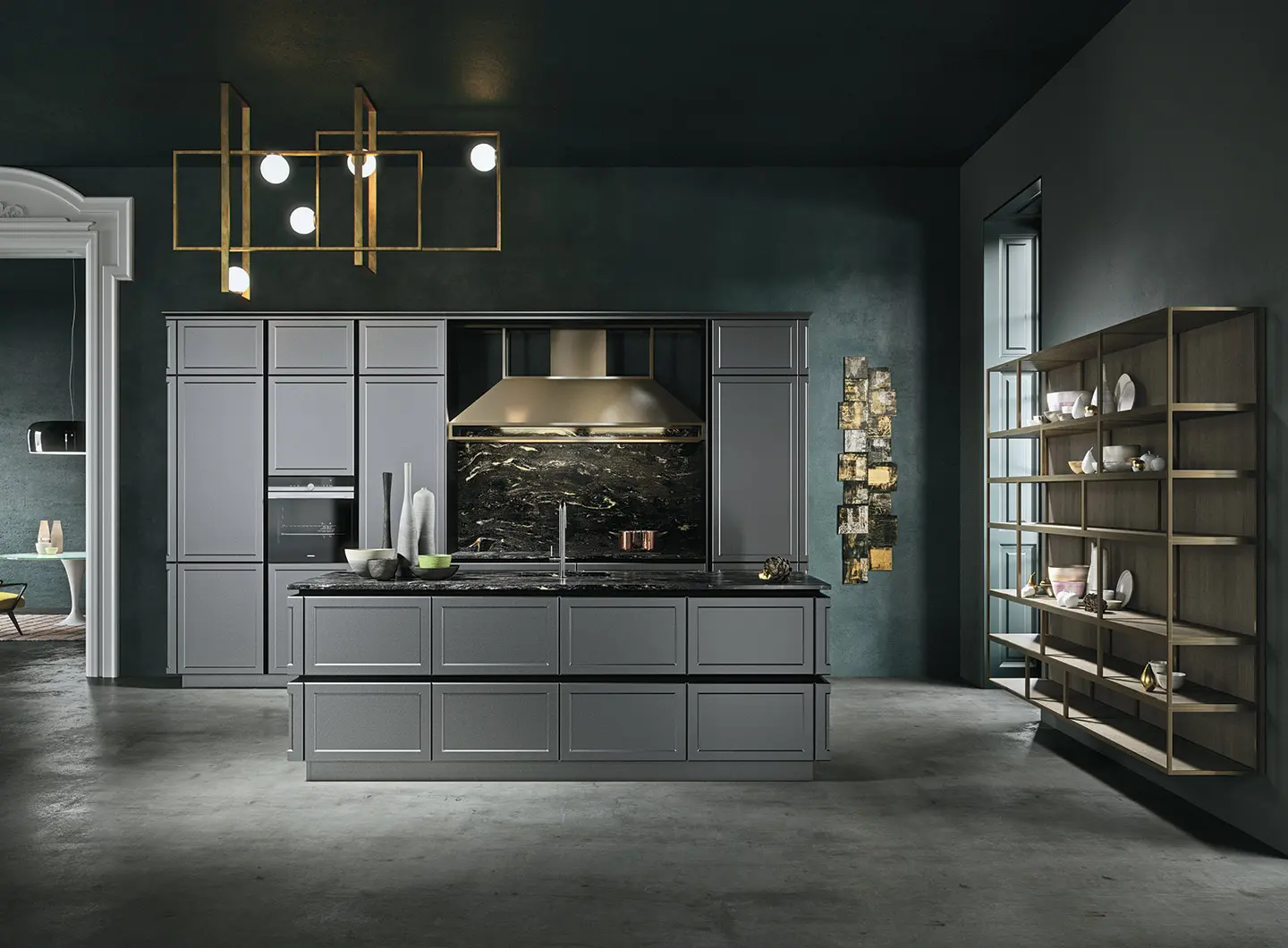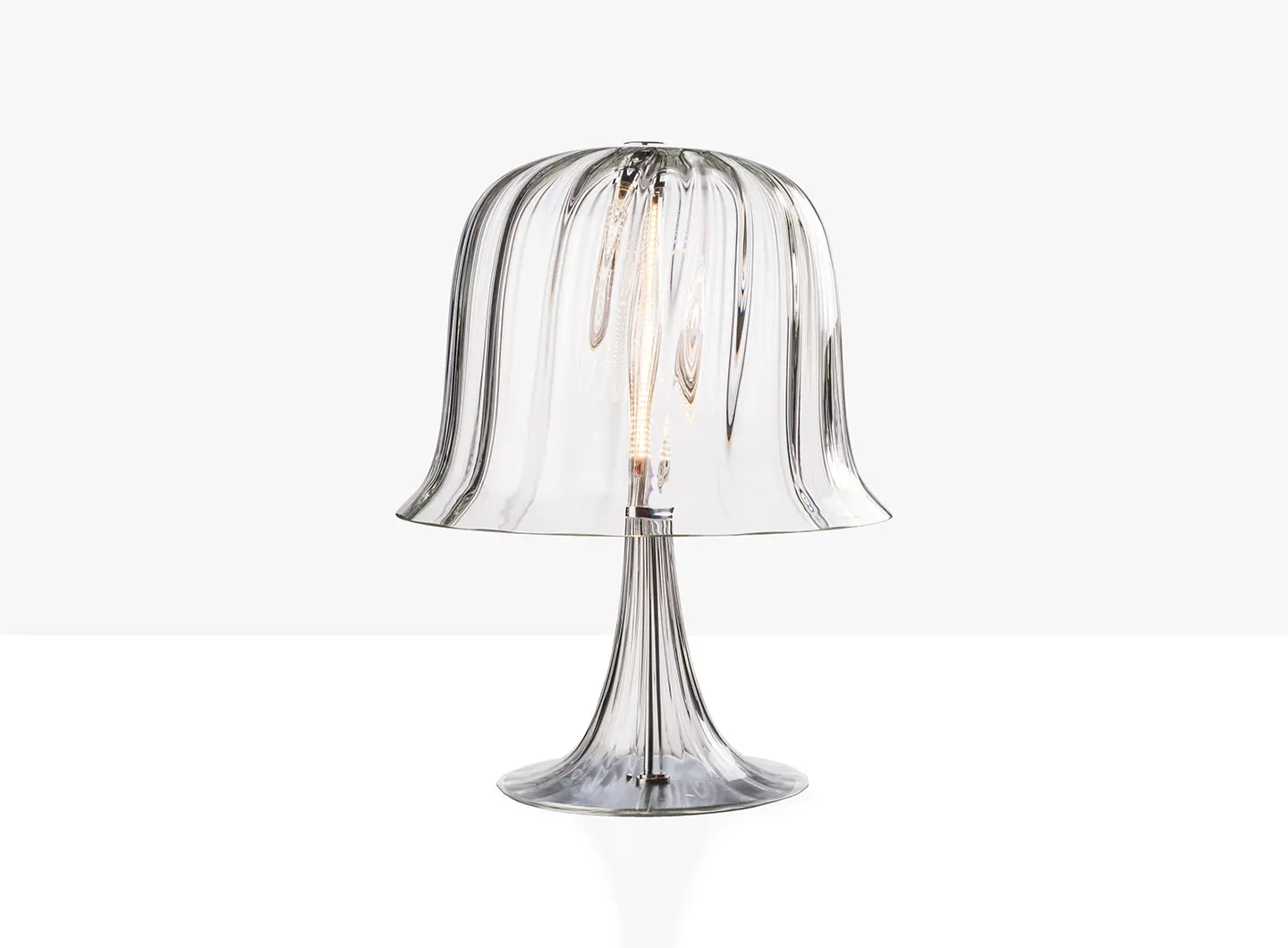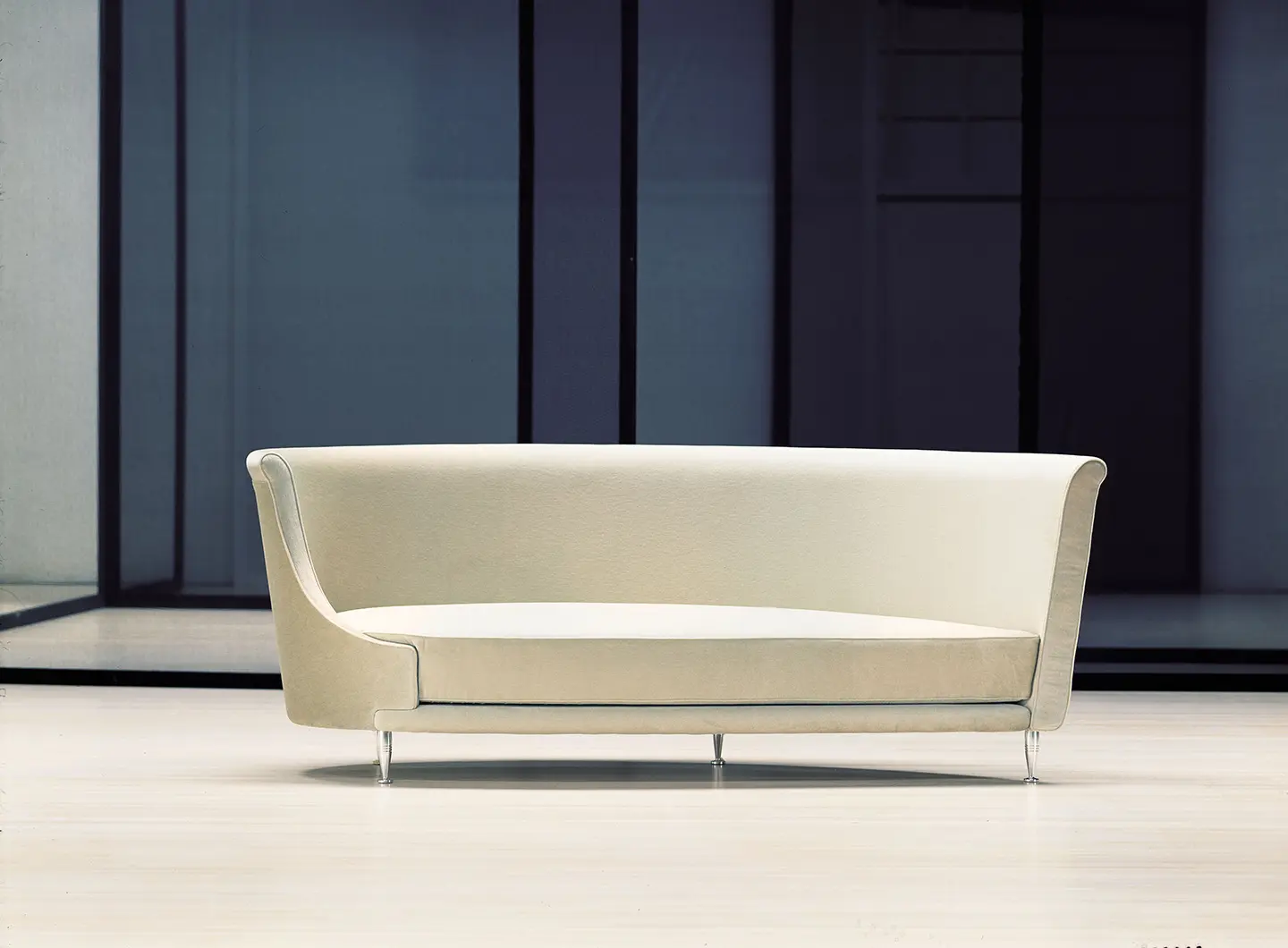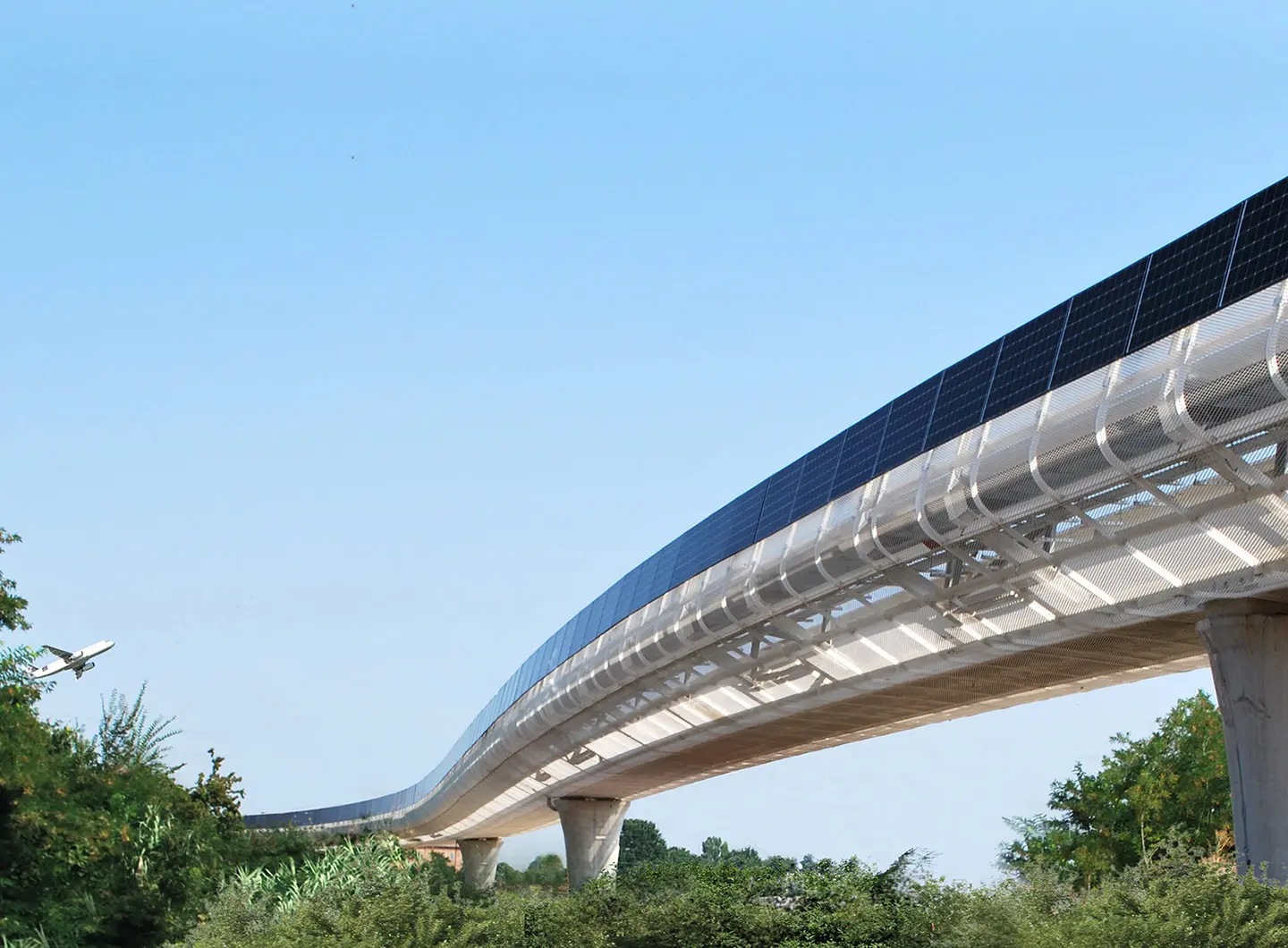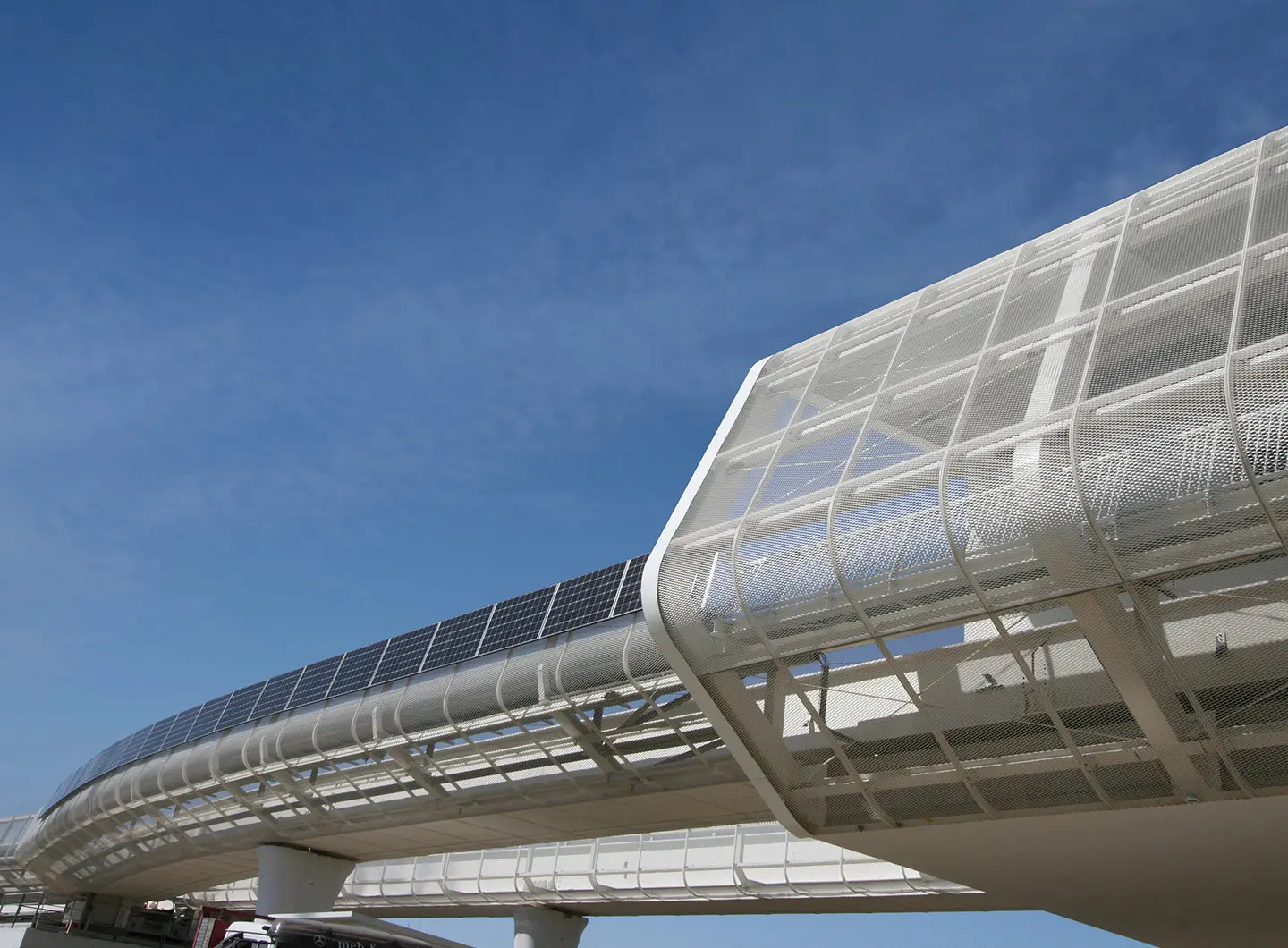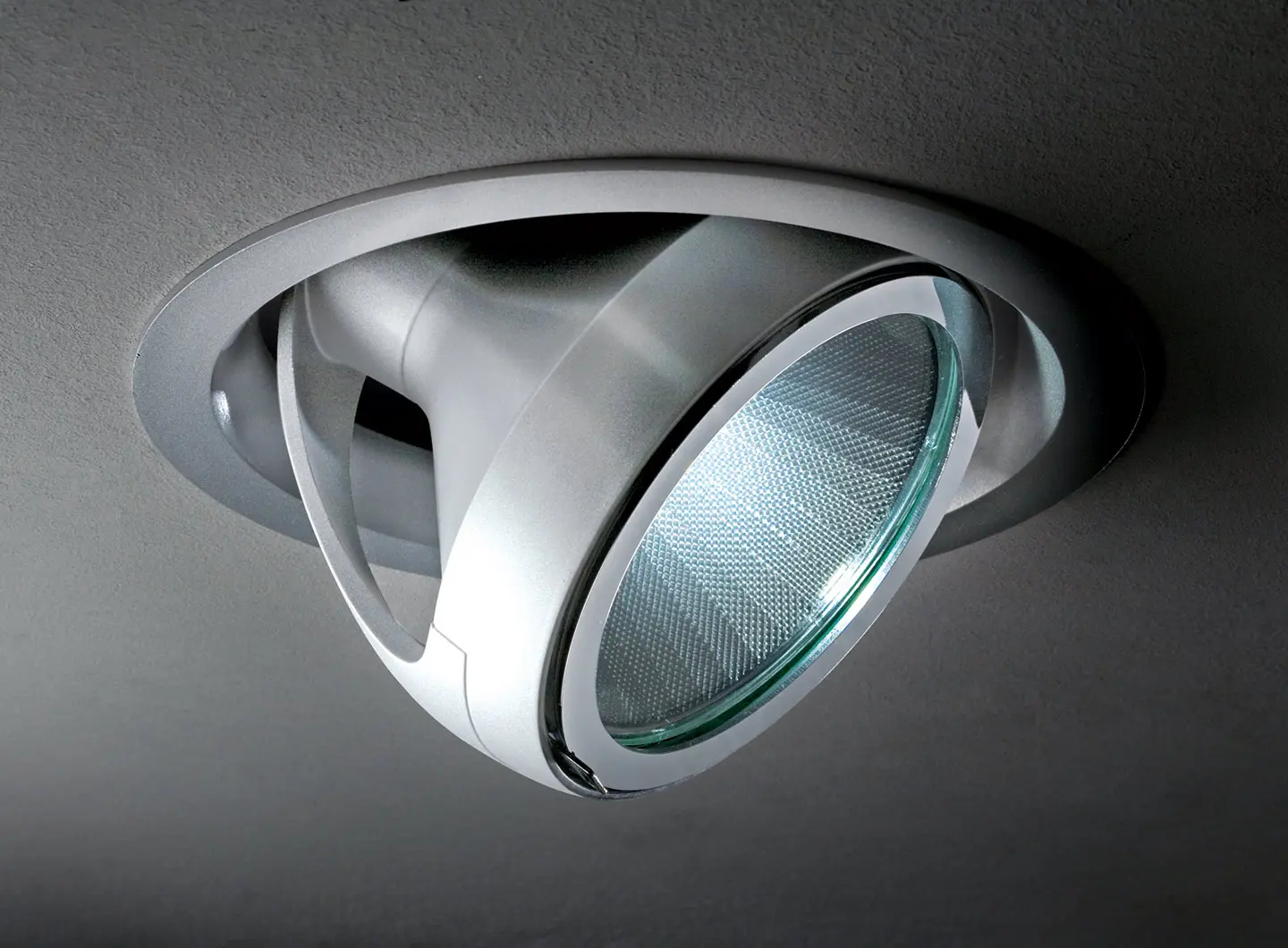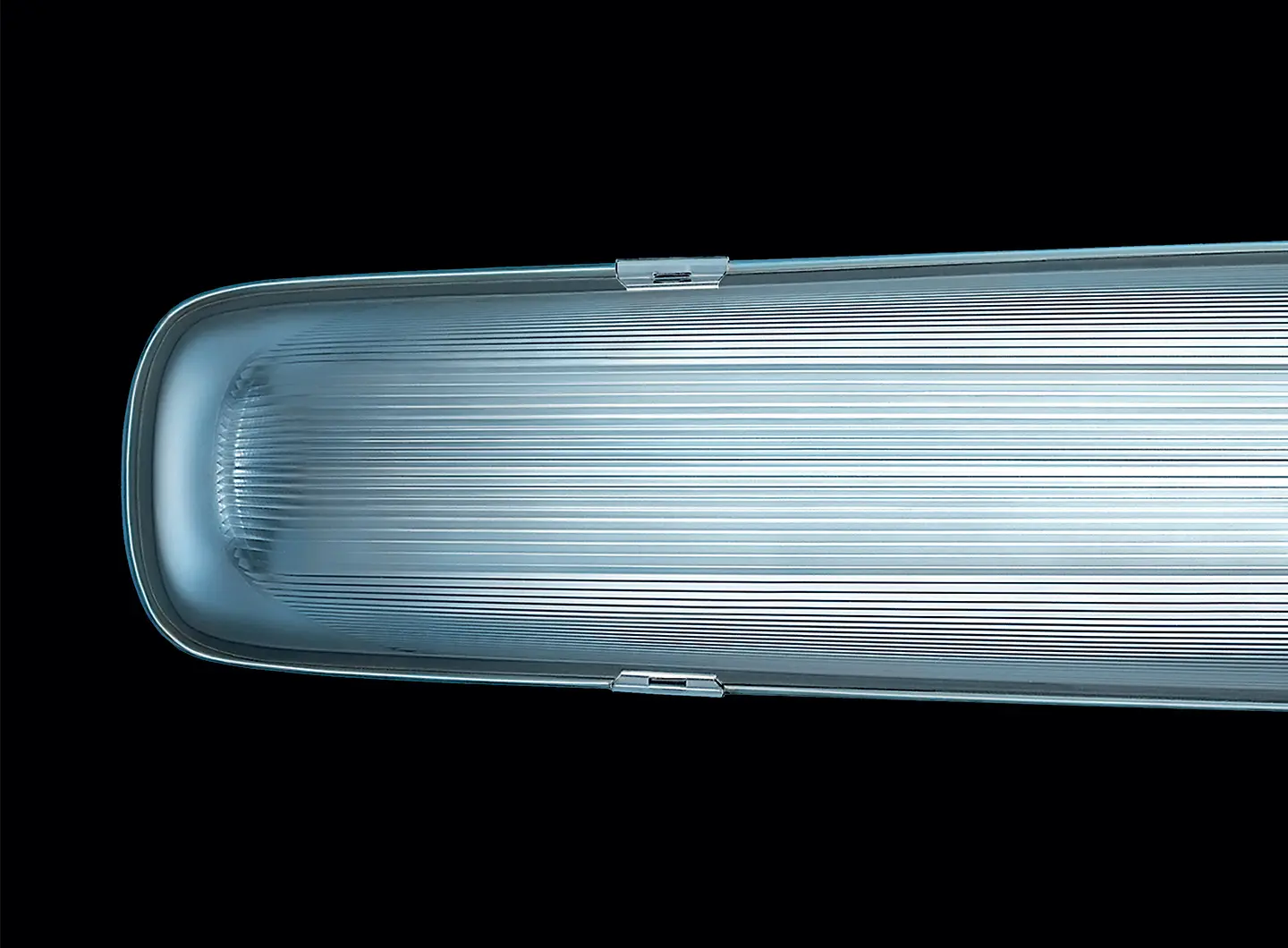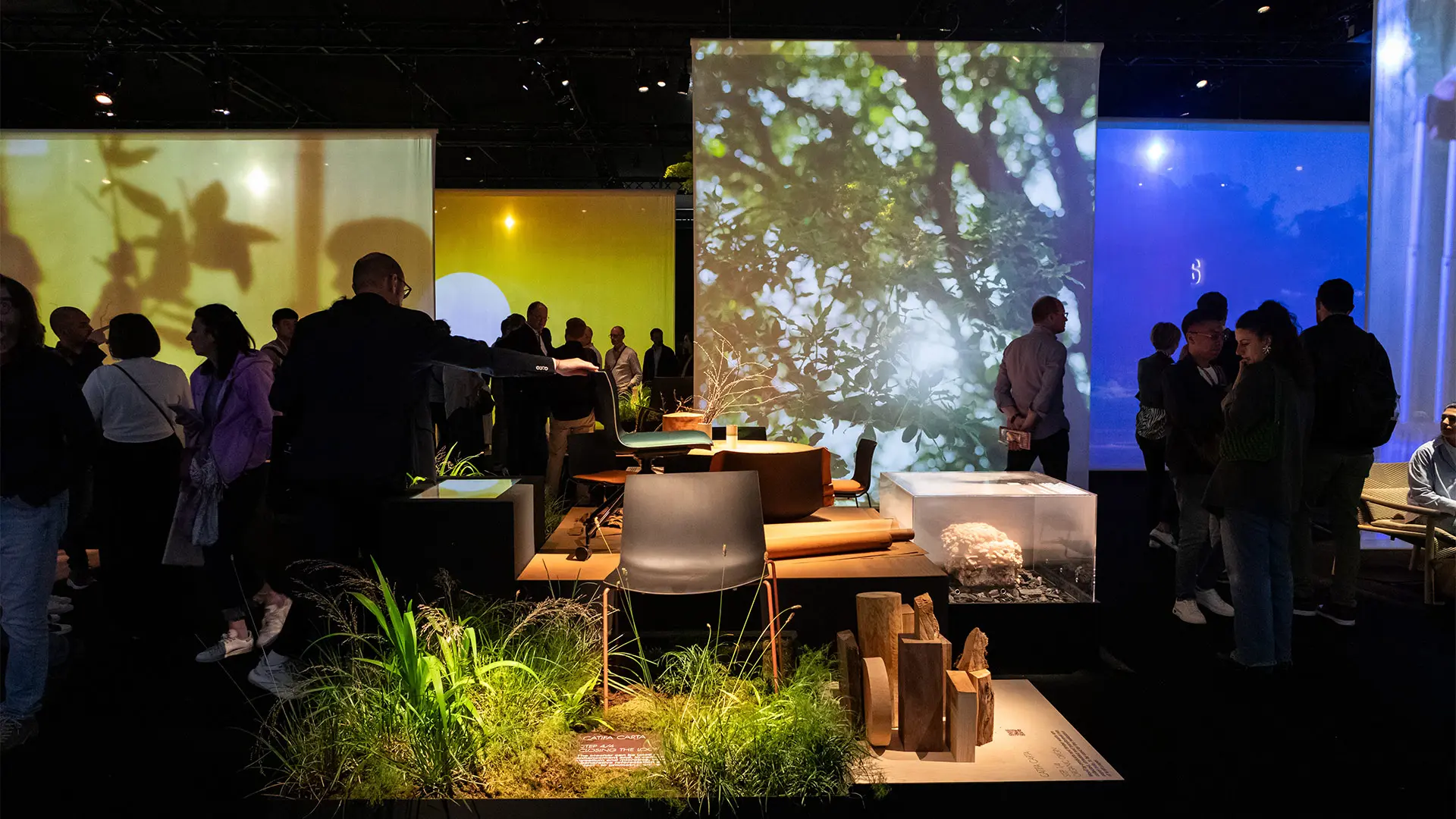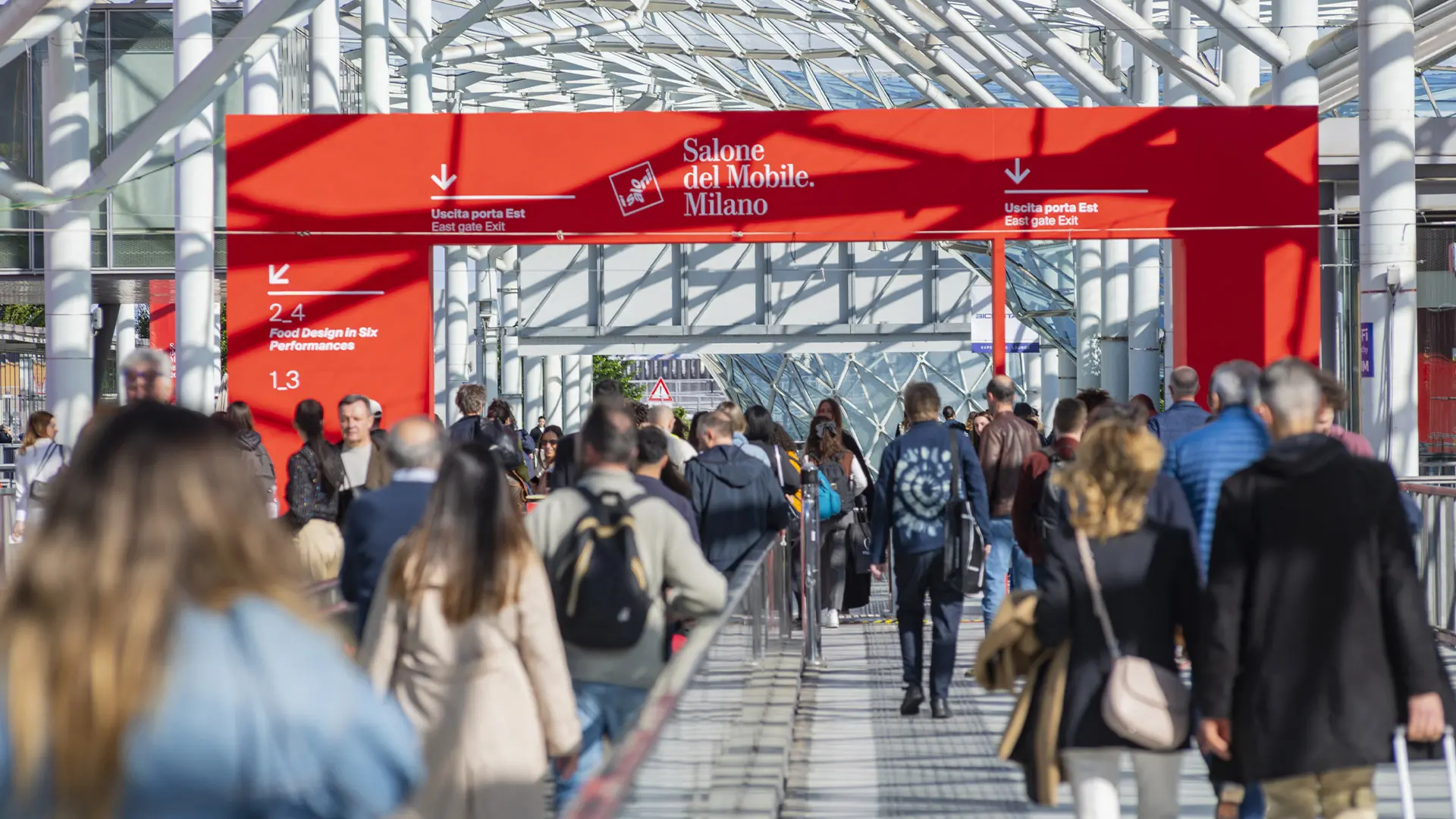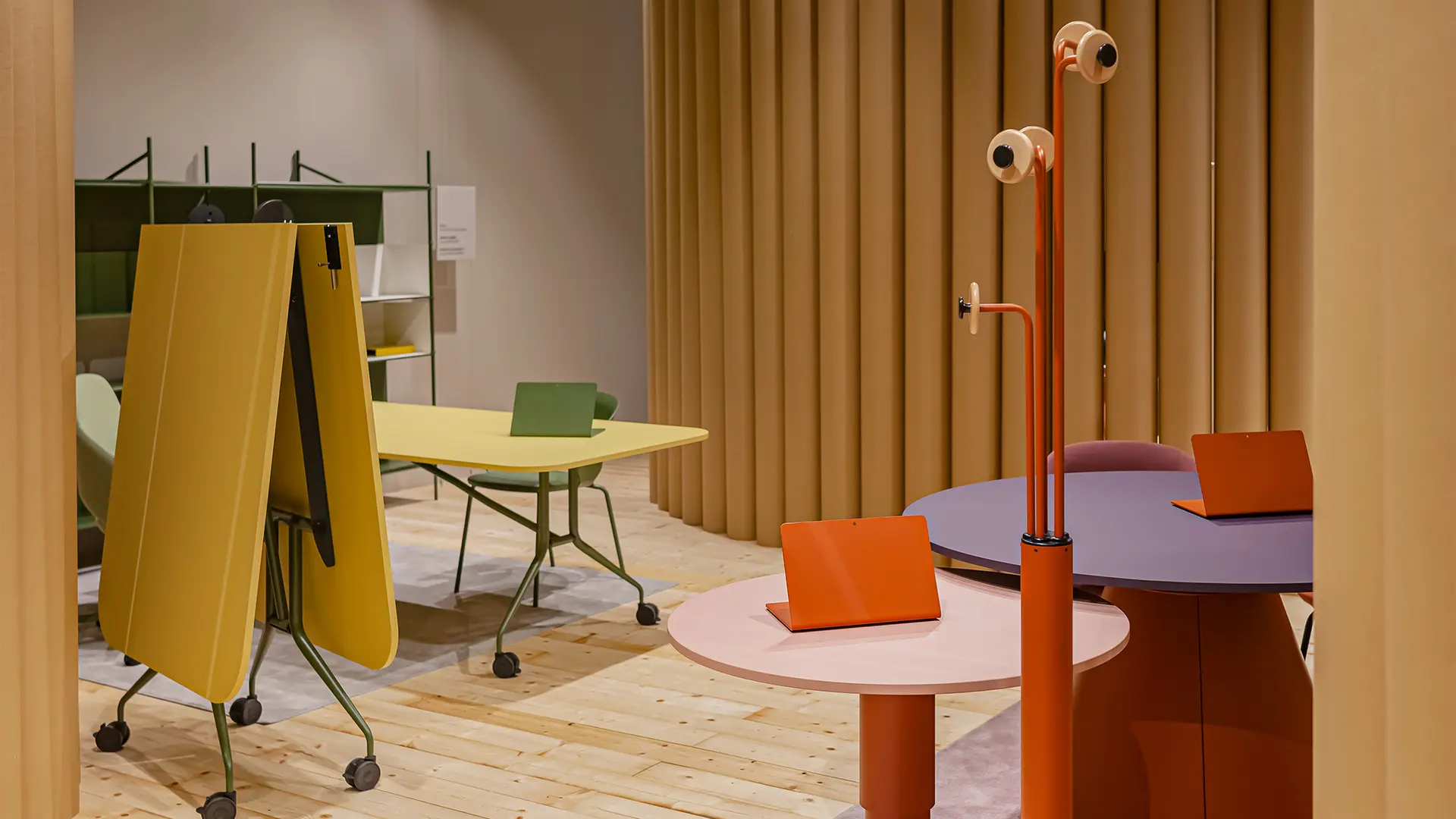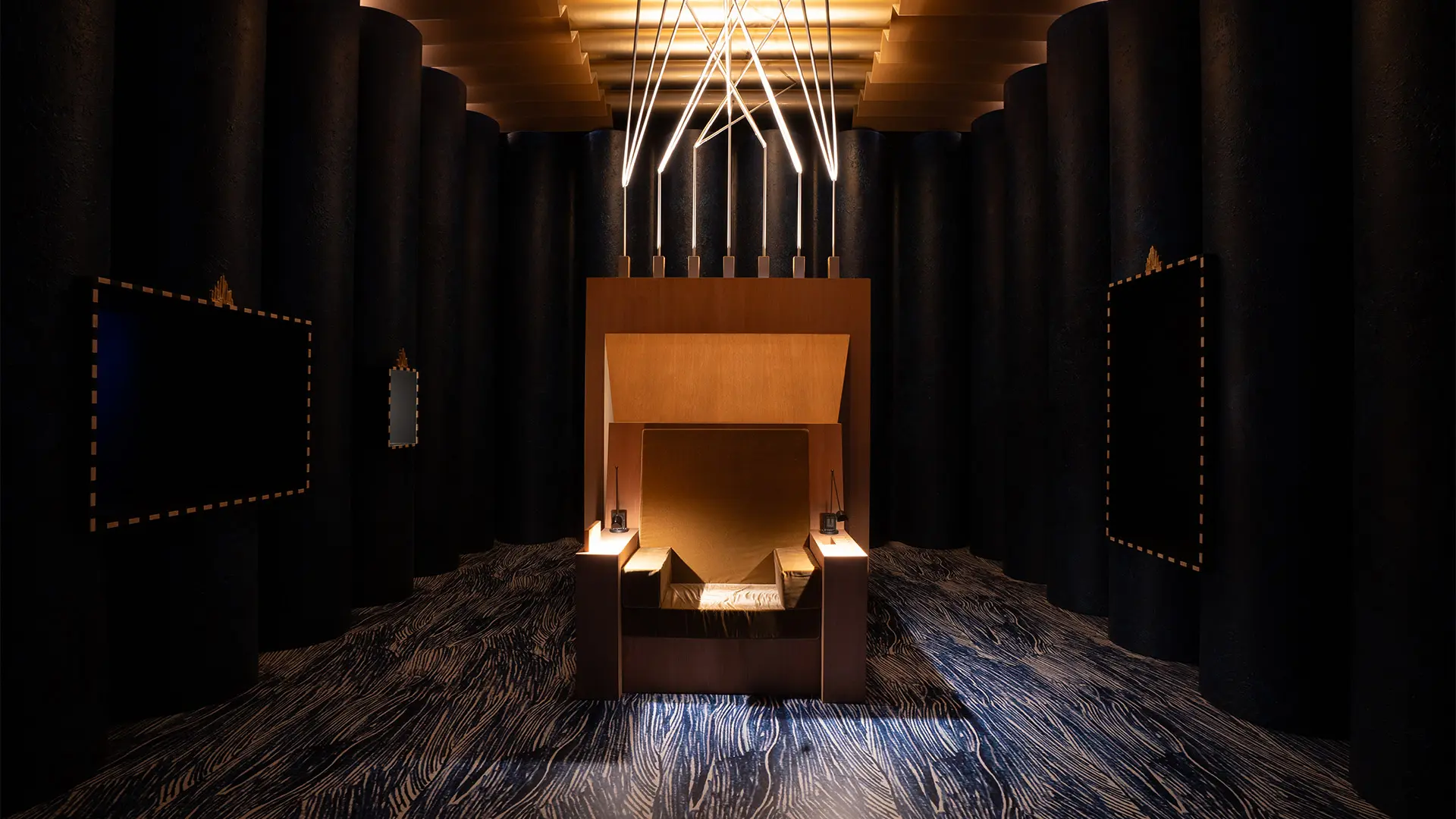Massimo Iosa Ghini
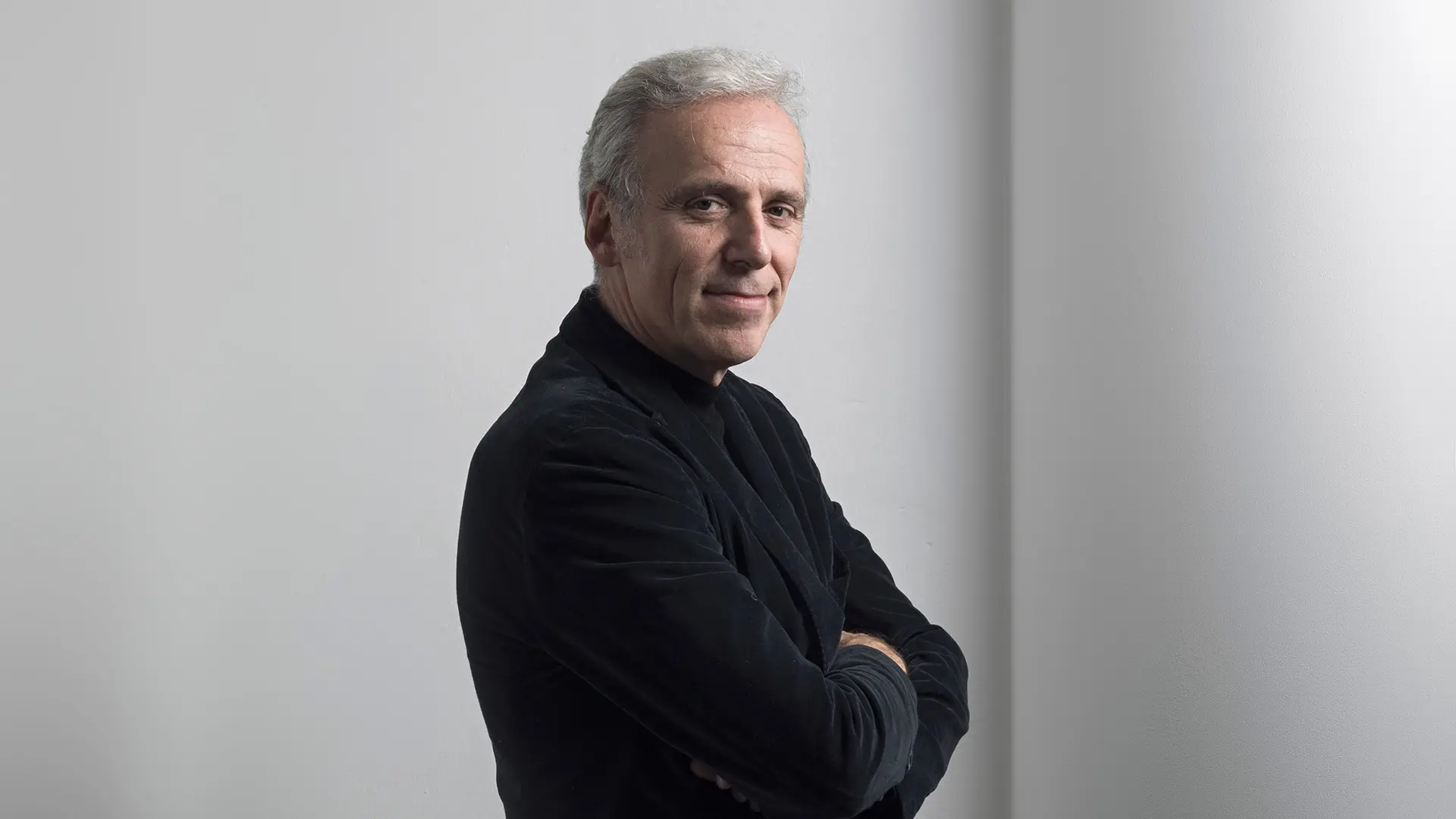
Photo by Mattia Aquila
A global ambassador for Made in Italy , in a career spanning almost 40 years, he has designed everything you can think of, from buildings with coloured façades right down to carafes.
One of Italy’s most representative Made in Italy architects and designers in the world. He has been part of the Italian architecture and design avantgardes since 1985, founding the cultural Bolidismo movement and belonging to Ettore Sottsass’s Memphis group. He set up Iosa Ghini Associati in 1990, active in Milan, Bologna, Moscow and Miami, working on projects for large international groups and developers. The multidisciplinary studio designs residential architectural, residential, commercial and museum spaces, planning public transport areas and buildings, and designs retail chains, taking care of the entire creative process.
He collaborates with leading foreign companies in the fields of product and furniture design, such as Cassina, Duravit, Fiam, iGuzzini, Moroso, Poltrona Frau, Silhouette, Snaidero, Yamagiwa and Zumtobel. Many of his pieces are held in museum and private collections all over the world, and have garnered recognitions and awards, including the Roscoe Award, USA, the Compasso D’Oro ADI, the Chicago Athenaeum Good Design Award, the Global Green Design Award IAI AWARD and IAI Awards, Shanghai, China, the Product Design Award and the Red Dot Award, Germany. He has taught at the Sapienza University of Rome; he has been an adjunct professor at the Hong Kong Polytechnic since 2008 and currently teaches in the Department of Architecture at the University of Ferrara.
His 30-year career was celebrated with a retrospective at the Triennale di Milano in 2013, which was repeated at the MAMbo - Museo d'Arte Moderna di Bologna, the city’s leading art gallery, the following year.
Iosa Ghini was appointed an Ambassador of Italian Design and of the Red Dot Network, a Member of the Leonardo Committee and an Active Member of the Accademia Clementina in Bologna, and received the Marconi Prize for Creativity in 2015.
One sector that is growing fast, rather unexpectedly, is the residential sector, where there’s certainly been a change of paradigm as regards the conceptual structuring of flats or detached houses. What’s happened is that professional activities, work activities – smart working - have been brought into the home. Educational activities, not just for children but also for professional development, for the whole family in other words, have also partly been brought into the home – these are basically two new functions that will require a more obvious degree of separation between the different areas over the next few months. We should emphasise the fact that these new demands will mean a lot of work from a design point of view. This means that there will of course be an urgent need for new planning, and hopefully for a provision of the same magnitude as the so-called 110% Decree, as part of the Recovery Decree, which currently only applies to efficiency measures for condominiums and to individual private homes, while these alterations and transformations will have to be progressed very quickly when it comes to energy efficiency and adaptation to environmental sustainability. This change of paradigm will have a powerful influence on furnishing systems, creating separate office areas within the home, which will mean a substantial rethinking of furnishing concepts. Kitchens could be the link between the two areas, where attention to the hygiene of surfaces and sanitisation will be at its highest. Lighting could have a part to play in keeping viral loads down, along with the aeraulic systems in kitchens and in the overall layout of the flat/house. Entrance areas, antechambers, where people can stop to change their footwear etc. before going into the main body of the home, will be reintroduced. Environmental sustainability, low energy consumption and virtuous air conditioning systems must ensure that the home is open to the outdoors. Outdoor areas, with their own furnishing systems, are increasingly becoming a requisite part of our homes with terraces, garden plots, kitchen gardens and greenhouses.
If Italian cities manage to reinvent themselves and embrace modernity while building on historical events, as Milan has done over the last few years, I think they will be the best cities for design to demonstrate its power to improve people’s lives, maintaining culture, quality of life and the pleasure of living. The amenity spaces we created in Miami, such as fitness and wellness facilities, swimming pools and cinema lend themselves to targeted management, making for perfect organisation of social distancing and sanitising, which includes controlling access to the apartments.
The concept of city has evolved over the years. Urban centres currently produce around 80% of global GDP, a quota that will most likely continue to grow. Nevertheless the Covid-19 pandemic will change the way we build cities, and the living and working habits of their inhabitants. To get the best out of the current recession, we must try and see it as an opportunity to solve the problems that have plagued the urban environment for some time. Suburbs will see further growth. Families with small children, for example, will be able to choose whether to move to the outskirts of cities, especially if flexible working takes off, eliminating the need to make lengthy journeys just to get to the office. Cities will have to harmonise with the countryside, more attention will be given to planning urban “borders” with a stronger and more necessary harmonious intersecting of green and built-up areas. Equally, the move towards more eco-friendly forms of mobility (walking or cycling) will cut the need for close proximity at public transport stops. Electric bikes in particular, could make other locations, close to the centre, more accessible and therefore more attractive. This means we have to be aware of the changes society wants from us and implement them with a view to achieving greater wellbeing for all.
In time, the need to work from home will feed demand for professional spaces within our homes. That will then call for tailored design that guarantees more space and light. In future, the number of workspaces could become just as important in property advertisements as the number of bedrooms. Co-living will continue to be the order of the day, especially for financial reasons, but it will be focused on spaces and technology. Homes will have to cut energy consumption, and design will have to make wellbeing just as great a consideration as the use of techniques and technologies that will cut consumption and be more environmentally friendly. Constructive design processes must be circular, which also applies to the choice of materials.
A lot of companies experimented with smart working during lockdown, and the concept of distance working has become so widespread that it will continue after the pandemic and be incorporated into future residential designs. In future, the two worlds, residential and office, will be indissoluble: designing houses with provision for workspaces will become part of the modus operandi of architects and designers. Spaces dedicated to smart working, where one can plan, create and work.
Sometimes I think about ideas for designs that, filtered through an analytical lens don’t last very long, others are more long-lasting and leave something behind after being filtered. We’d like to move towards the universal, the absolute, the timeless in a process of ongoing research. I believe the challenge of the next few years will be successfully maintain the ability to come up with evolutionary steps without being ground down by the huge volume of trivialisations flooding the internet. I believe the role of an interpreter of social and aesthetic needs not only includes listening but also being able to express one’s own point of view.
As I said above, we are caught up with looking after ourselves. Sharing is right, we need to keep it up so that it doesn’t become an excuse for constant discussion that does nothing to improve things. That’s why I encourage young people to have the courage of their convictions and employ careful tactical thinking.


